Chemistry 110 Assignment: Molecular Formulas and Reactions Analysis
VerifiedAdded on 2022/09/16
|8
|734
|20
Homework Assignment
AI Summary
This document presents solutions to a chemistry assignment, addressing a variety of concepts including balancing chemical equations, identifying reaction types (acid-base, single displacement), and determining ionic and covalent bond characteristics. It provides examples of Lewis structures, and naming and formula writing for various compounds like aluminium sulfate, calcium phosphate, dinitrogen pentoxide, and magnesium fluoride. The assignment also involves molar mass calculations, stoichiometry problems to determine the mass of reactants and products, and calculating the percent yield of a reaction. The solution covers a wide range of topics, including atomic weight, molecular formula determination, and the geometry around central atoms in molecules like ammonia. The document offers a comprehensive overview of fundamental chemistry principles and their application in solving problems related to chemical reactions and compound properties.
1 out of 8
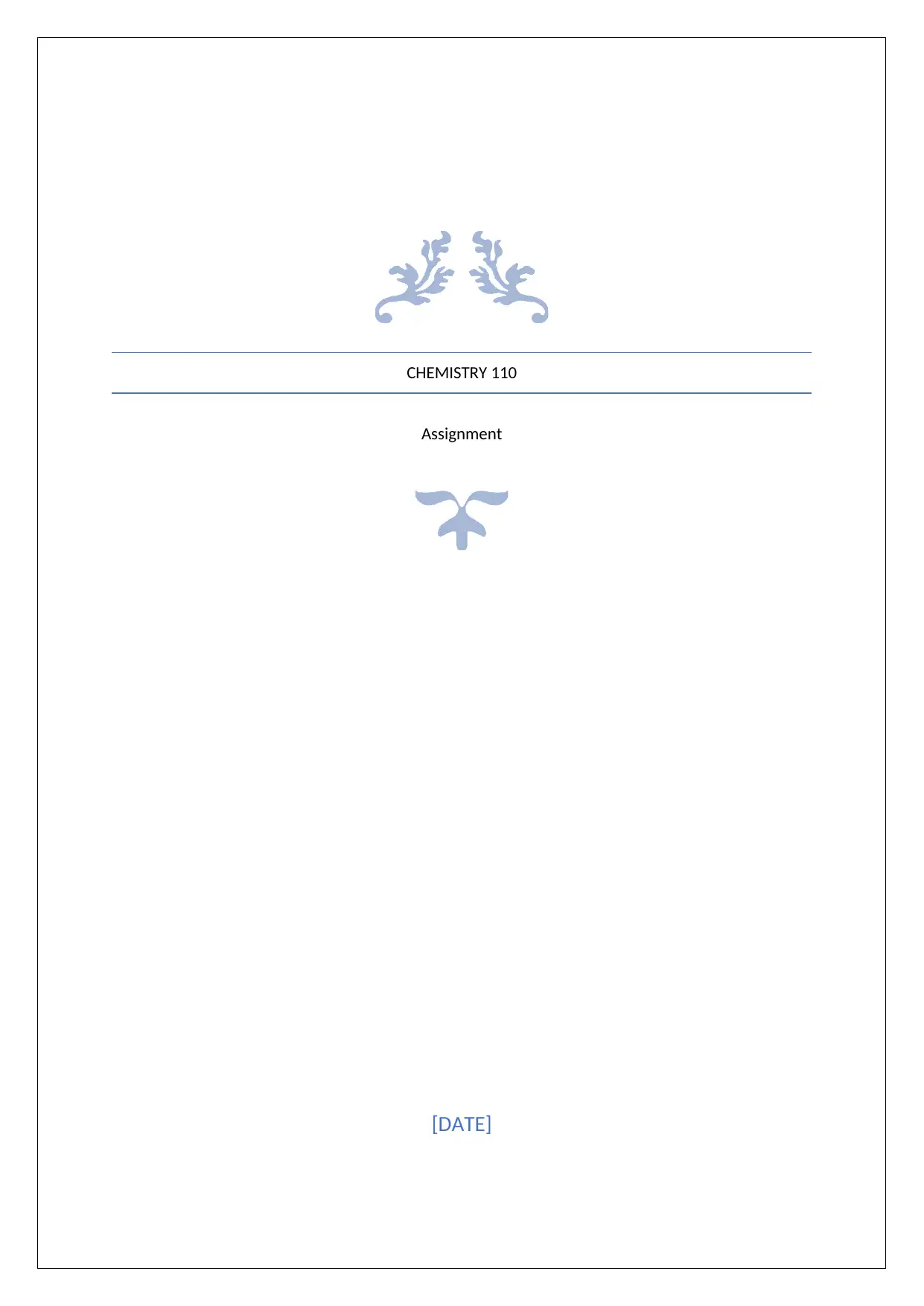
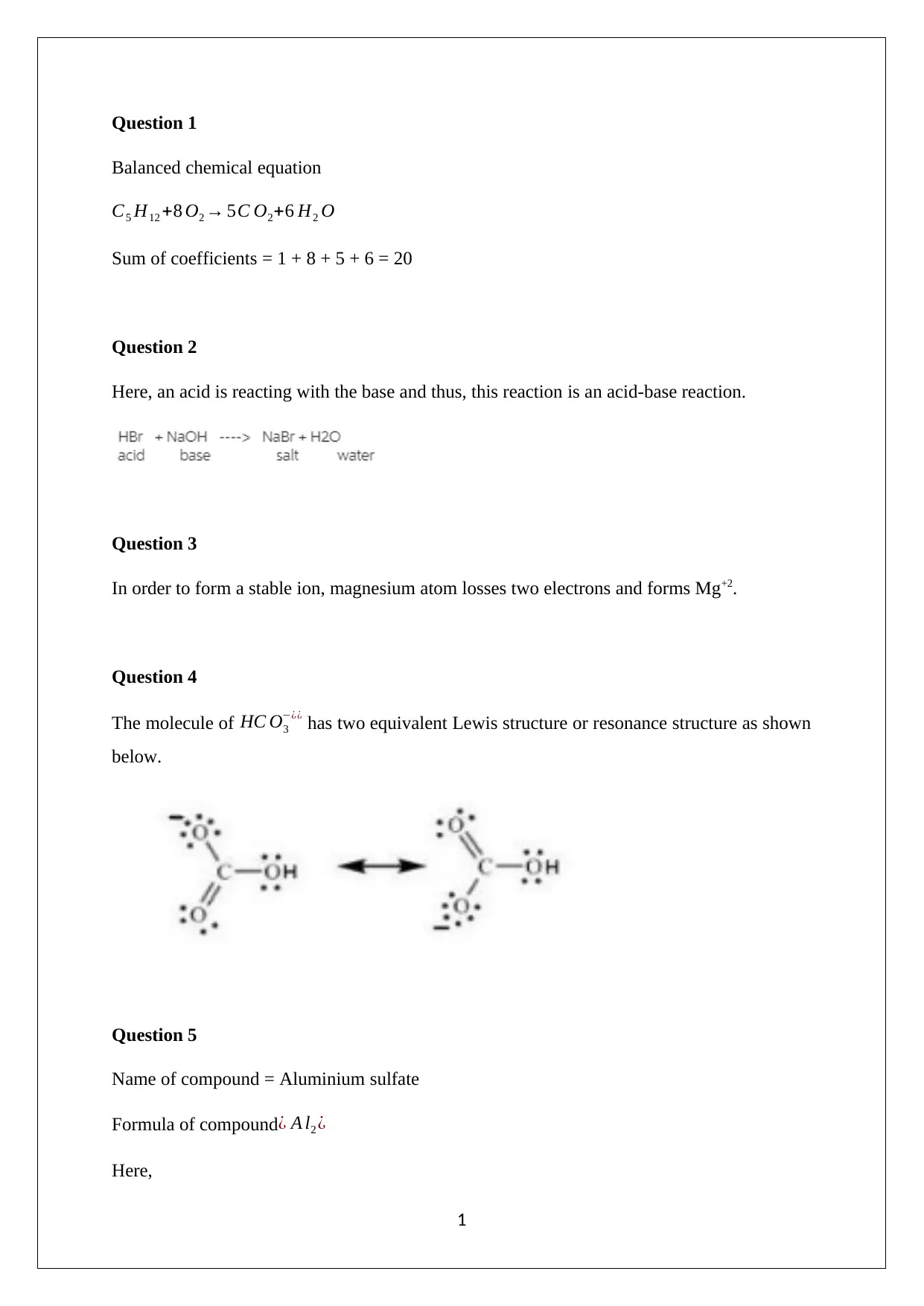
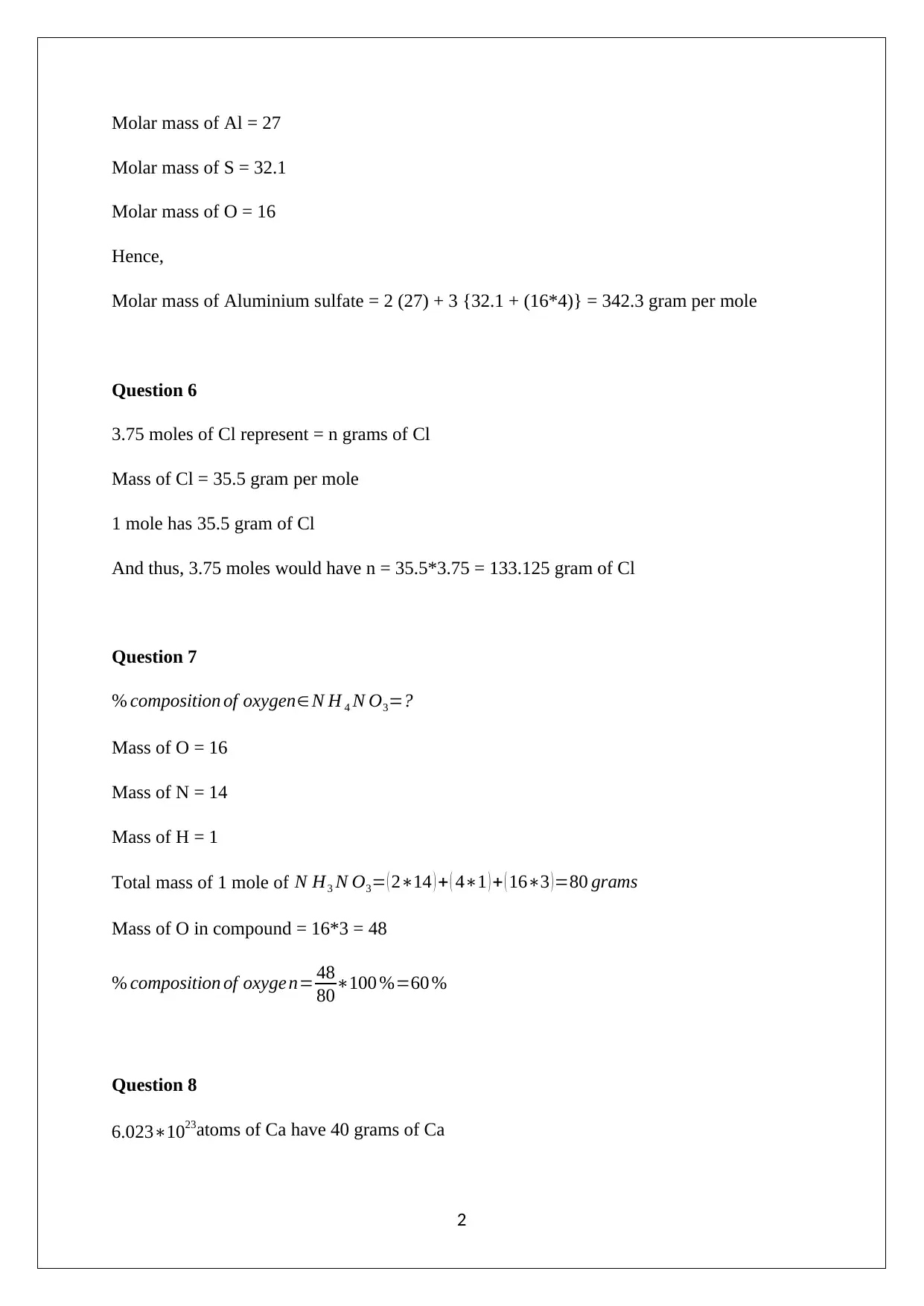

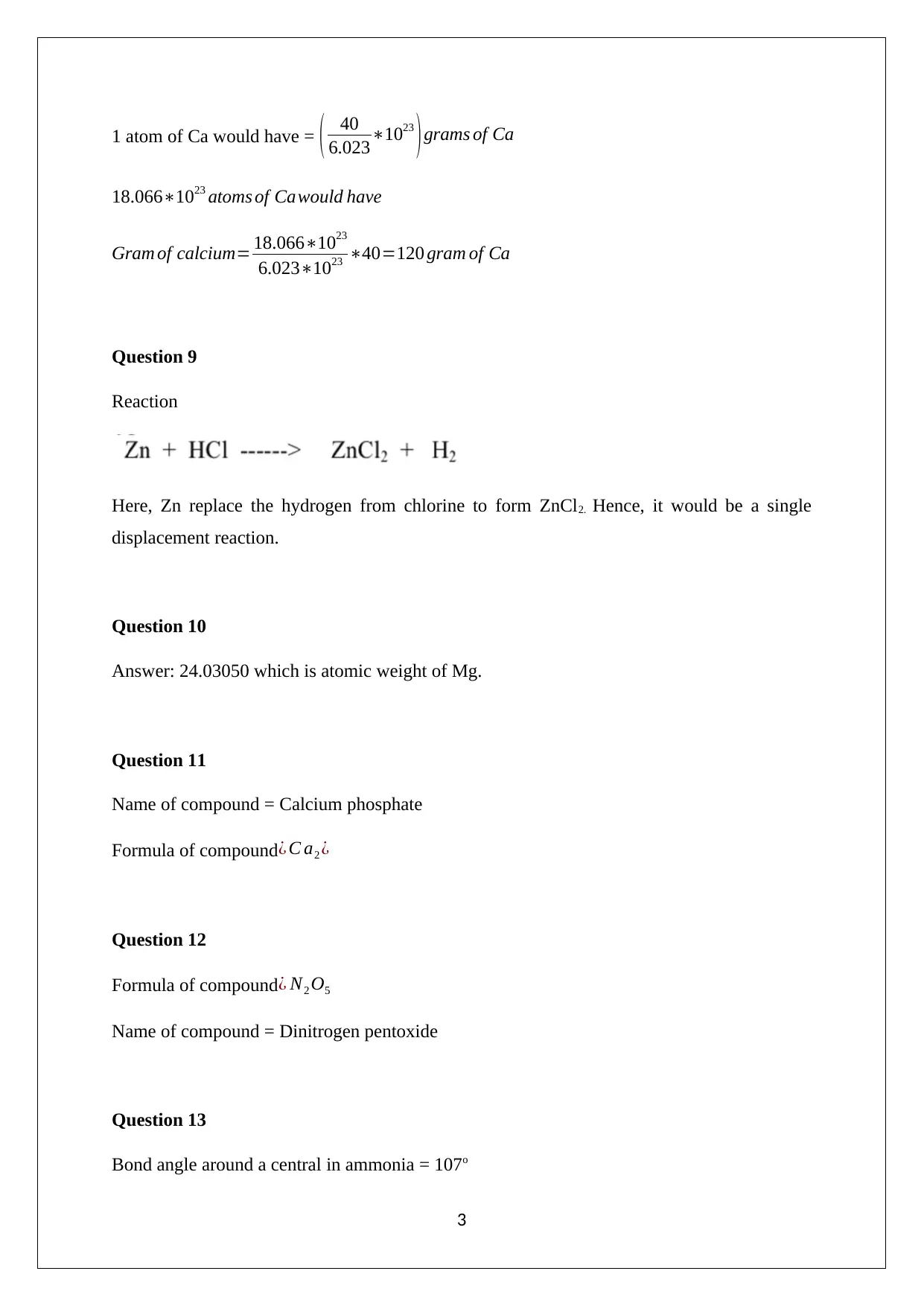
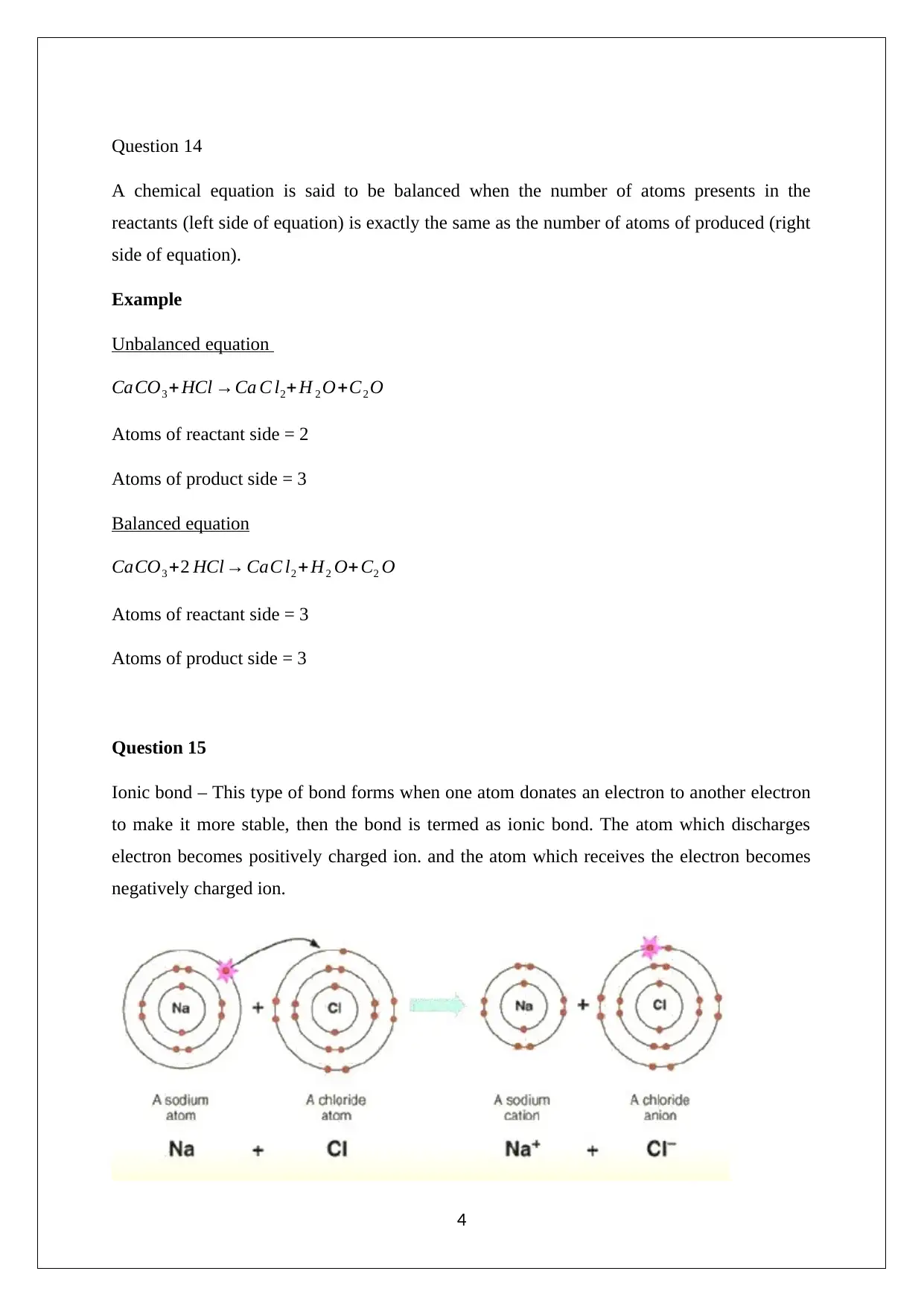
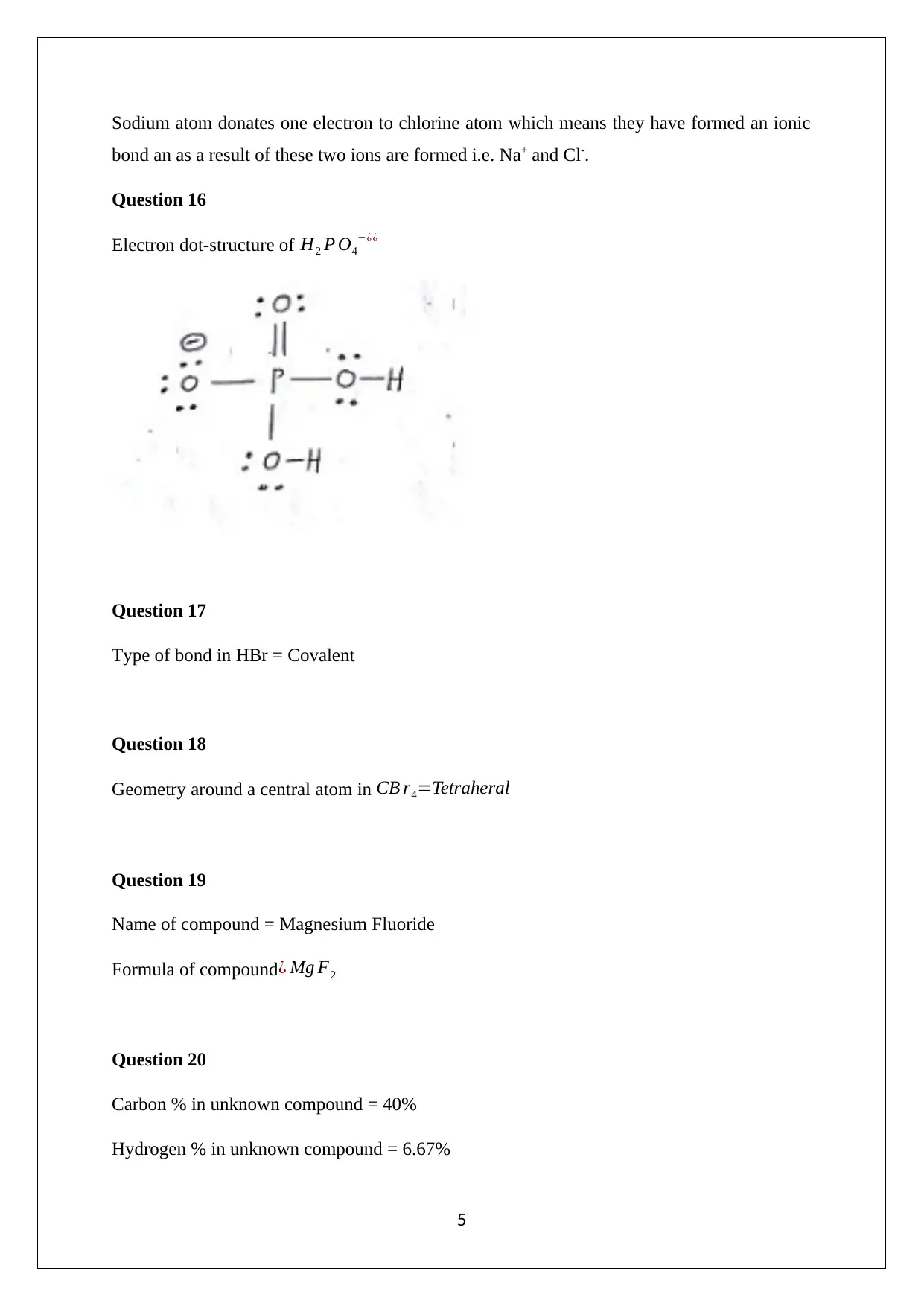





![[object Object]](/_next/static/media/star-bottom.7253800d.svg)